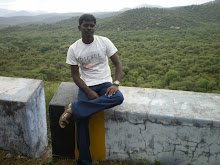Smart software to spot Formula One winner's secret
Not for much longer, perhaps. Michael Schumacher's Mercedes GP team hope to work it out using predictive software called Autonomy Virage that analyses post-race video topinpoint where and how any car gains the milliseconds of advantage that make a difference to winning and losing in F1. It does so usingalgorithms based on the Bayesian idea of searching for 'priors' - events that lead, on the balance of probabilities, to another event. In other words it automatically finds the likely cause of an effect. Was it track position that was important? The apparent downforce bending a front wing? Virage should help them find out.
James Vowles , chief engineering strategist at Mercedes GP, says that if Red Bull does have a trick up its sleeve, the Bayesian code will help them spot it."Virage will enable us to catalogue all of the onboard and offboard video footage we have of the Red Bull - and any other competitor of course - to try and understand what they are doing. It means we don't have to sit through hours ofvideo footage to find what we need."
Virage also analyses GPS data, driver and team audio,engine data and the way the pitlane team co-operate to get tyres changed the quickest. Mercedes doesn't need much help there though: they won the BBC's Golden Wheelnut award in 2011 for the fastest pitstop, at 2.3 seconds. That's not the trophy they want, however.
Subscribe to:
Post Comments (Atom)

No comments:
Post a Comment